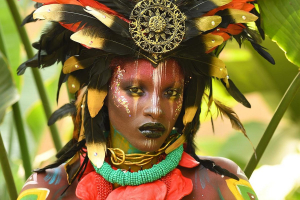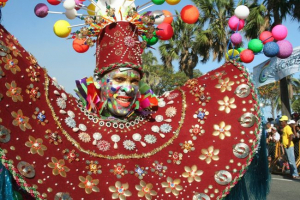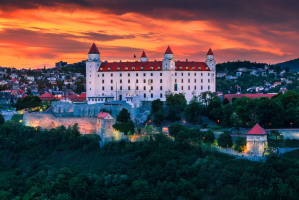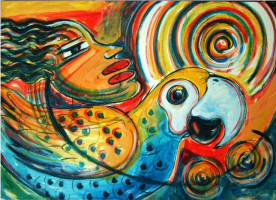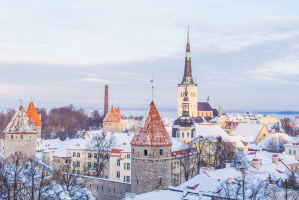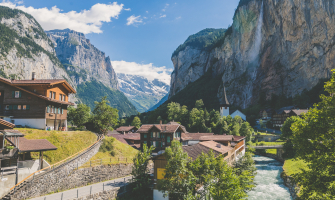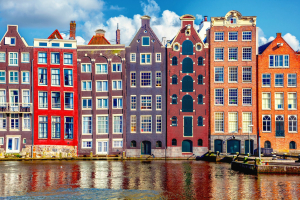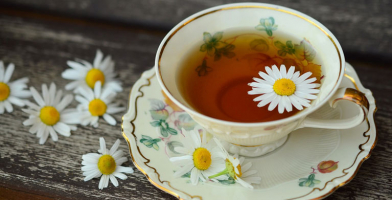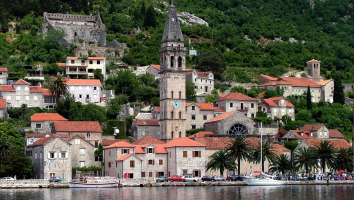Top 10 Cuban Culture, Customs and Etiquette
Cuban culture is a complex fusion of numerous, frequently at odds with one another, influences. Cuban culture and customs are influenced by European, African, ... read more...and Amerindian cultures. Here is a list of the Cuban Culture, Customs and Etiquette.
-
Cubans are often nice and helpful people according to Cuban culture. They make roughly $15 per month, so if they can help you, they probably will, but they might also ask something in return. Take advantage of dinner invitations from Cubans if they are extended to you.
You will be treated with the respect that you deserve. It is a fantastic way to experience the culture. It goes on often despite the fact that regular Cubans are not allowed to host this kind of event. Staying in casa particulares and dining in paladares are two ways to support the local Cuban population. While free enterprise is typically outlawed, the government started charging people for permits a few years ago if they wanted to rent out rooms in their homes or set up a few tables on their porch and serve food.
In addition to being extremely expensive, the licenses also require monthly payments, regardless of income, which puts individuals who are less fortunate at risk of actually losing money. Staying with locals and eating in their homes is not only more interesting, but you are also helping them directly in one of the few ways that is possible.
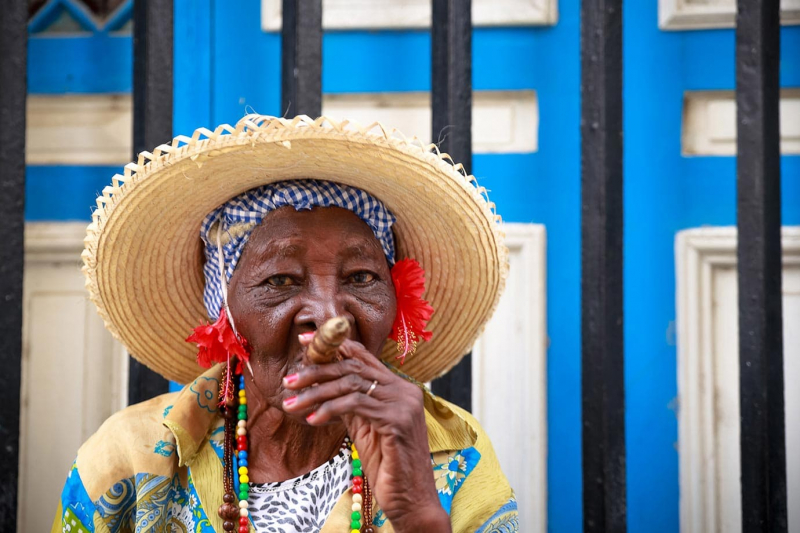
http://atcubanstyle.com/ 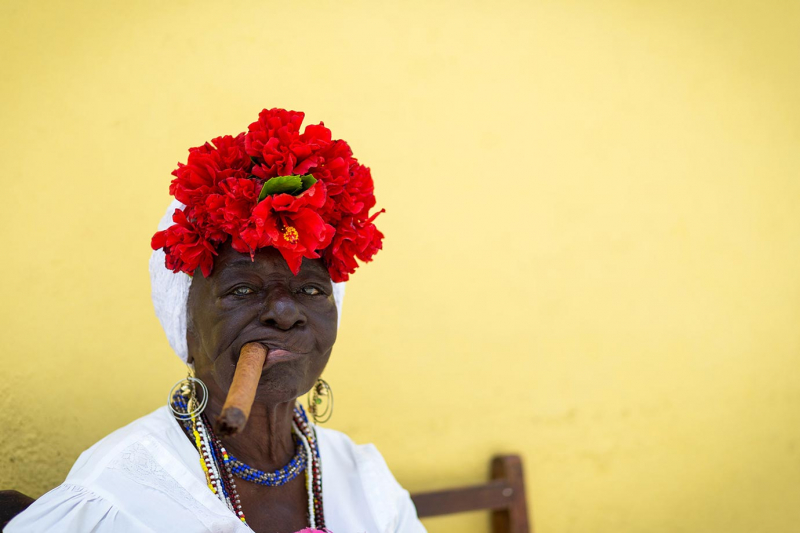
https://www.anadventurousworld.com -
The Cuban Revolution significantly altered Cuban society. The Cuban Revolution encouraged women's education and financial independence, paving the way for them to pursue successful jobs in fields like agriculture, industry, and service. In the nation's health services, the proportion of males to women had approximately equalized by 1990. State-run day care facilities were built to enable working mothers to raise their kids.
The Cuban government issued several laws, including the "Family Code" of 1975 and the "Maternity Law" of 1974, to give women full equality with males in all spheres of life.The People's Power worked hard to ensure that women are not oppressed at home by their husbands and their families, despite the fact that traditionally, males in Cuba expect women to perform all the household duties and raise children regardless of their employment level.
Nowadays, the bride and the husband must both agree to get married, and cohabitation before getting hitched is rather usual. The divorce rate in Cuba today is higher than it was during the colonial era. The women of Cuba have a lot of flexibility to decide how to live their lives because sex education, contraceptives, and abortion options are all readily available in the nation.
As a result, many families in the nation are headed by single mothers, with grandma raising the children. The nation's administration encourages socialist values while discouraging egotism and individuality. Like many Latin Americans, Cubans express their devotion and admiration through touch.
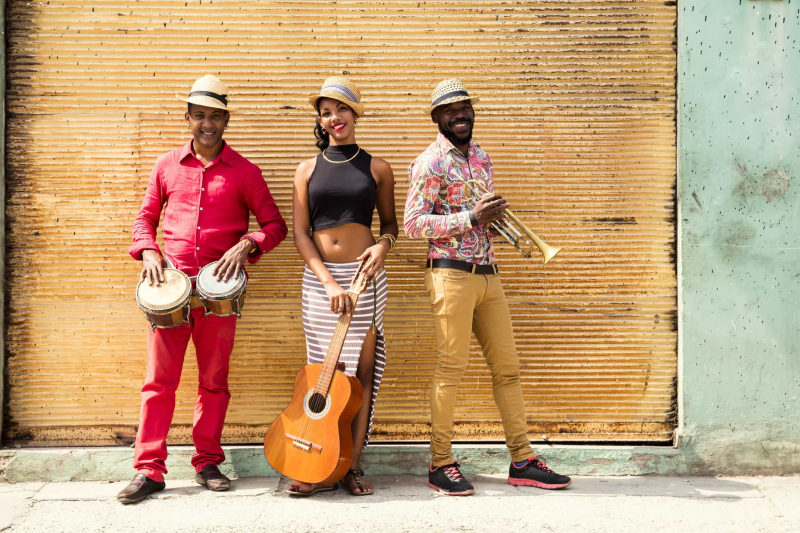
https://discovercorps.com/ 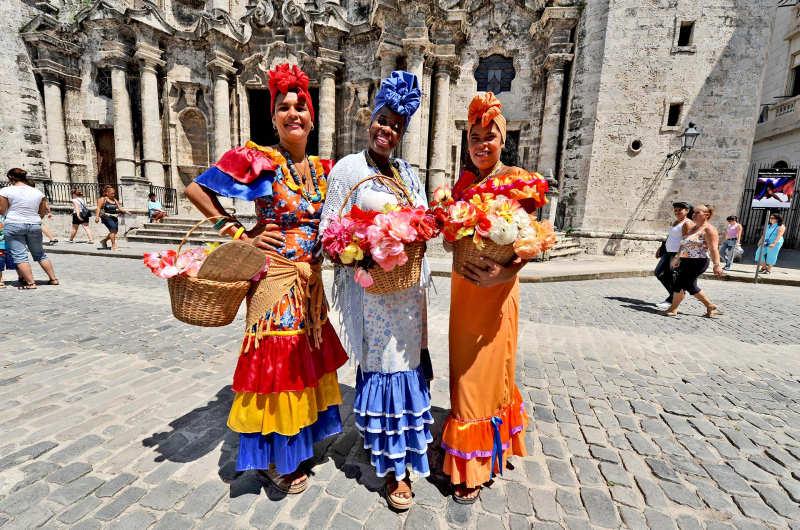
http://www.barclaylanguages.com -
Cubans were not allowed to practice any religion and were punished for it for a very long time. The situation began to change in the 1970s, and eventually Cubans were allowed to practice their religion freely albeit with some limitations. The country's constitution was amended in 1992 to grant unrestricted religious freedom throughout the nation. Currently, Catholicism is practiced by around 60% of Cuba's people.
Cuba has a Catholic tradition, although the government has frequently repressed religious expression. Since Pope John Paul II's visit, it has become less taboo, and there are now more pressing matters to attend to.
In Cuba, there are a number of hybrid religions that combine indigenous African religions and Catholicism. The most popular one is named "Santera," and its priests are easily identifiable thanks to their beaded necklaces and complete white garb.Many Cubans follow Santera, a blend of Christianity and African traditional religion that was once embraced by African slaves who were brought to the island by Europeans to labor on its plantations. These people faced prejudice from Cuba's other religious communities since they were frequently connected to witchcraft and magic. Racist attitudes exist since the religion is primarily practiced by the nation's black population. As a result, many Santera adherents turned to a covert form of their faith to escape prejudice.
Since Christianity is the most practiced religion in Cuba, Christian holidays are observed there with tremendous fervor and delight. The dates of January 1 and July 26 are secular holidays, and both are connected to significant moments in the Cuban Revolution. The nation also observes May Day, the holiday celebrated by the Communist Party. Since October 10 commemorates the anniversary of Cuba's uprising against Spain, it is also a holiday.

https://news.yahoo.com 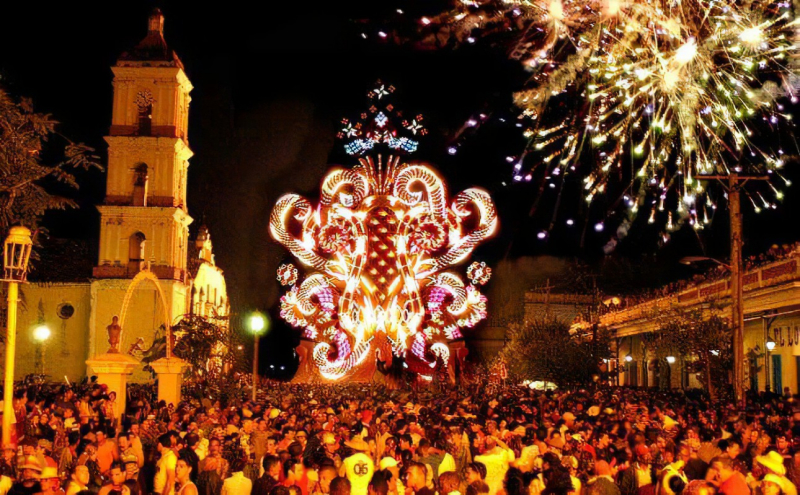
https://www.bandbcuba.fr/ -
Cuban culture places a lot of importance on music. Both Spanish and African music have an influence on the Cuban music scene. Mambo, cha-cha-cha, charanga, danzon, rumba, and a few more classic Cuban music genres are some of the most well-known. These beats were combined to create salsa. The Queen of Salsa and a native of Cuba, Celia Cruz, is a well-known salsa performer worldwide.
Later in the 1940s, in Havana, Cruz started her professional life. In addition to traditional dance styles, Cuban teenagers now want to play rock & roll. In the nation, Cuban ballet is one of the most well-liked performing arts genres. Alicia Alonso founded the Cuban National Ballet, which is well known all over the world.
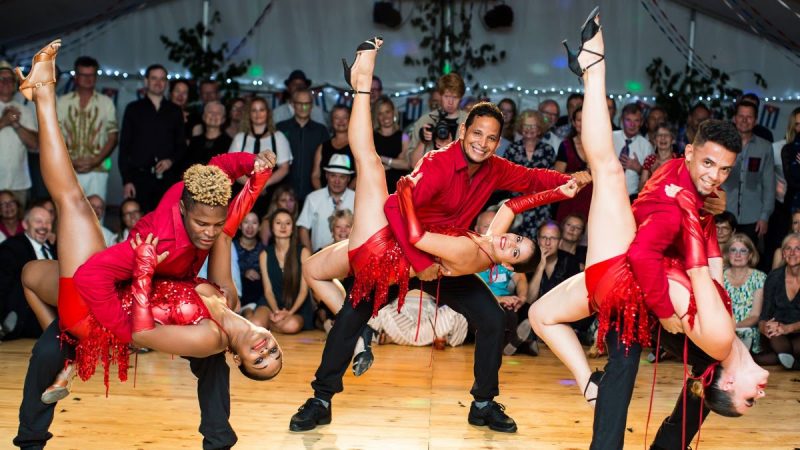
https://umdeptofdance.blogspot.com/ 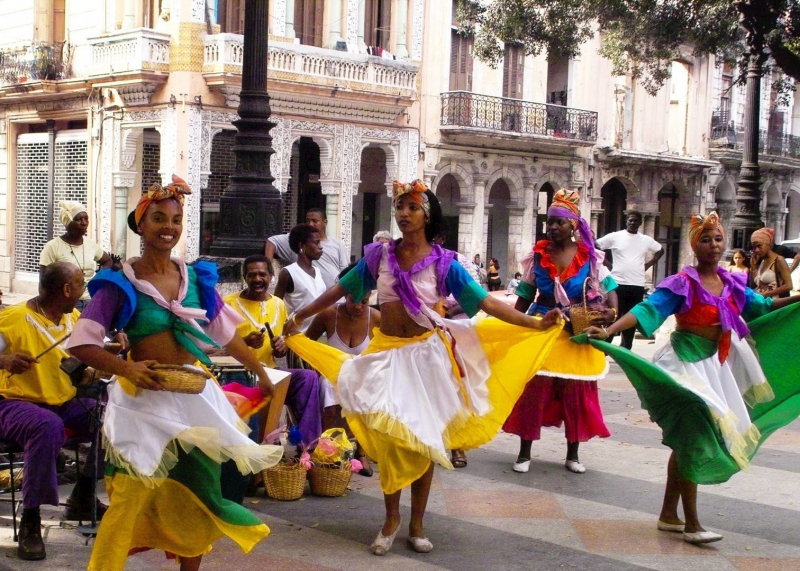
https://www.audleytravel.com -
In the first part of the 19th century, Cuba began to create its own literary aesthetic. Slavery, racial mixing, colonialism, etc. were prominent themes in the nation's literature at this time. One of the most well-known Cuban authors of this era is Cirilo Villaverde, author of the iconic novel Cecilia Valdés. The late 19th century saw works from José Mart, who is revered as a national hero in Cuba. Later, after slavery was abolished, themes of independence and patriotism were prevalent in the literature of the nation. The nation also gave rise to the literary form known as testimonial literature, which uses the accounts of real people from history or oral tradition to create a literary work.
African, South American, European, and American influences can all be found in Cuban art. Federico Beltran Masses, a colorist renowned for his alluring depictions of women, Amelia Peláez, a muralist, and painter Wifredo Lam are just a few of the well-known Cuban painters (famed for his portrayal of modern primitivism). Che Guevara was captured on camera by globally renowned Cuban photographer Alberto Korda, whose image of him is one of the most well-known in the entire world. In Cuba, street art is also quite well-liked.
Cuba is highly recognized for its domestically crafted hand-rolled cigars. These are among the greatest cigars in the world, and the nation makes approximately 3 million of them each year.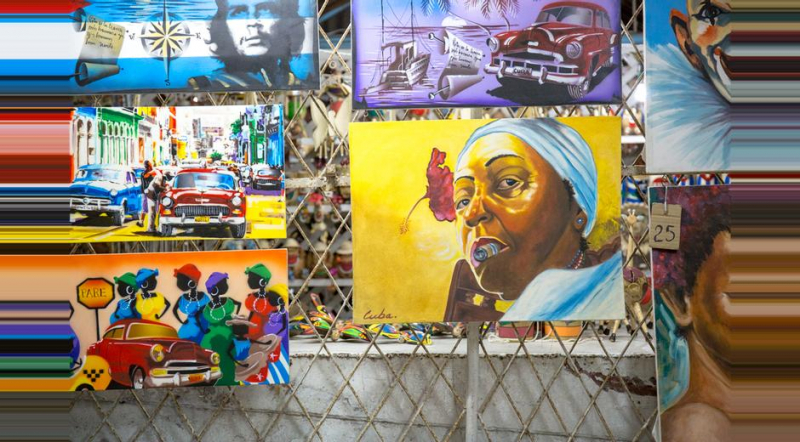
https://www.anywhere.com 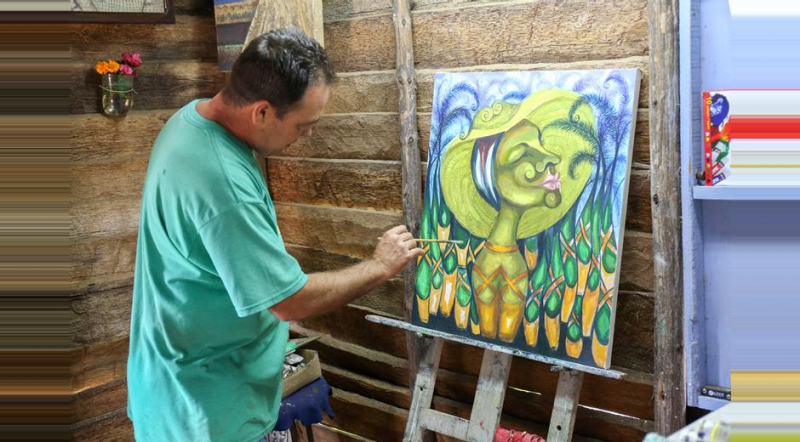
https://www.anywhere.com -
As a part of its culture, Cuba's cuisine reflects its characteristics via ingredients, cooking methods and so on. Spanish, African, Caribbean, and, to a lesser extent, Chinese cuisines all have an impact on traditional Cuban cuisine. For a traditional feast, pork is the preferred meat, and it is typically served with rice and beans. There are many different sorts of dishes that employ black beans.
Black beans and rice are combined to make arroz congri. In Cuban cooking, common vegetables include tomatoes, cassava, lettuce, etc. The non-vegetarian recipes are made with chicken, beef, pork, and eggs. However, due to the dire economic situation currently prevailing in Cuba, a sizable portion of the populace cannot afford to eat lavishly and frequently relies on food rations. Although Cuban coffee is well-known across the world, the majority of it is exported while the majority of Cubans' coffee is imported from Africa.
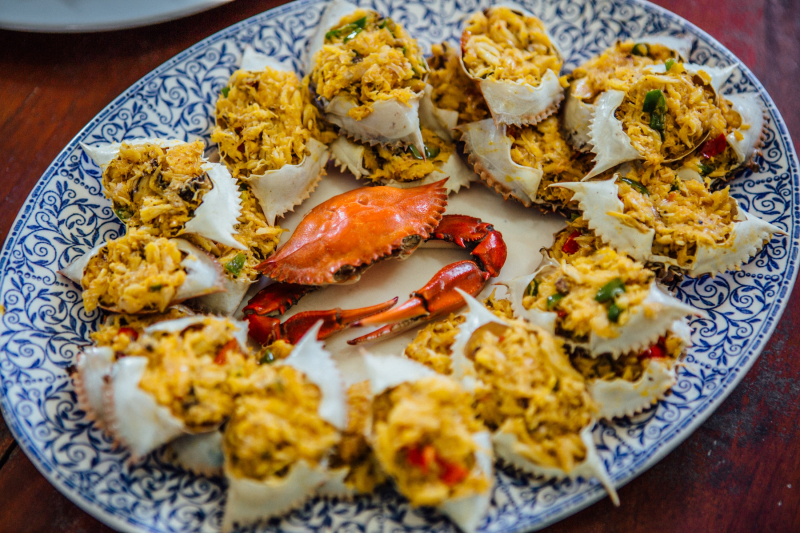
http://www.foodrepublic.com/ 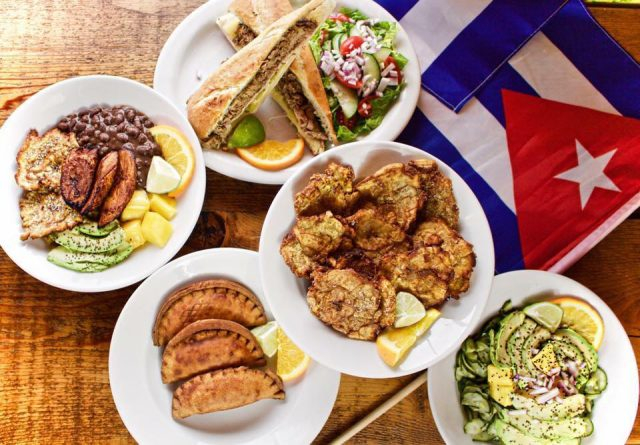
https://flavorverse.com/ -
Cuban fashion is frequently characterized as cool and laid-back, with a tradition built on sincerity and simplicity. The Guayabera is the most well-known type of Cuban traditional apparel worn by males. It is a traditional white shirt made of linen or cotton that may or may not include embroidery.
The shirts are worn at weddings as well as more casual gatherings. The attire of Cuban males wearing guayaberas is complemented with panama hats and linen pants. The Guayabera style is currently adopted not only by fashion-conscious men in Cuba but also worldwide. The Guayabera style is currently adopted not only by fashion-conscious men in Cuba but also worldwide. Women's guayabera dresses are equally well-liked.
Both men and women in Cuba dress in western-style attire, with blue jeans being the most popular type. Cuban ladies seem incredibly attractive when wearing low-cut tops, short skirts, and colorful dresses. Cuban ladies may don elaborate ruffel and frill rumba gowns, as well as traditional African headdresses.
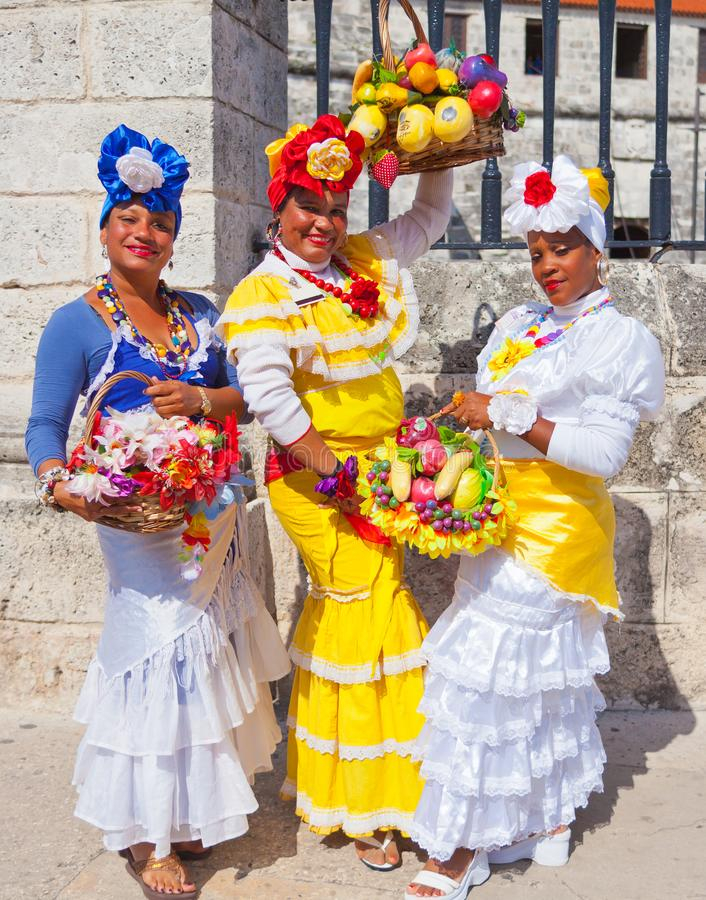
https://www.dreamstime.com/ 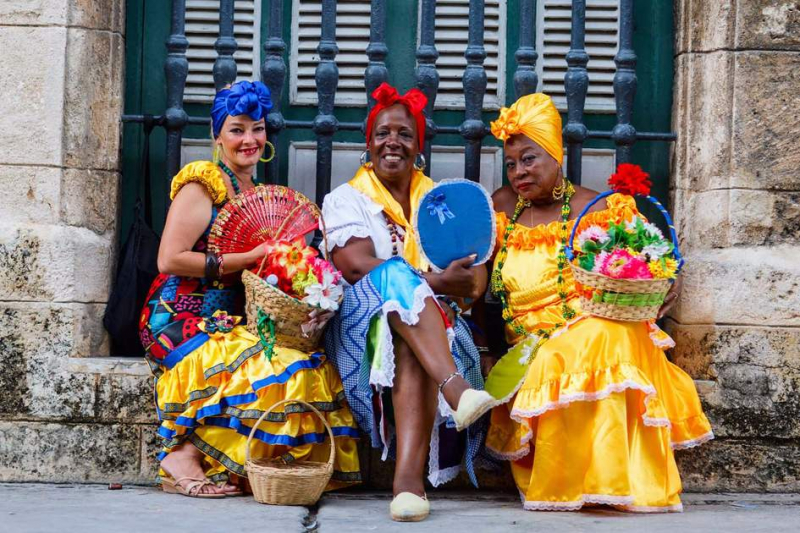
https://www.insightguides.com -
Sports are incredibly important to the social life and national character of Cuba, and Cubans enjoy sports. Popular sports played in the nation include boxing, baseball, football, volleyball, and many others. Cubans prefer baseball over any other sport by a wide margin.
The nation's government encourages sports by choosing young, gifted athletes to enroll in special boarding schools where they are permitted to pursue a variety of sports in addition to their regular academics. One of the reasons the nation has continuously performed well in international competitions like the Olympics is due to its training regimen. The nation won more medals at the Olympic Games in 1992 than any other nation did, per capita. The best athletes in the nation are revered as heroes in Cuba.

https://www.si.com 
https://www.yahoo.com/ -
In Cuba, "good manners" as you could know them are generally the same. A few minor variations to be aware of: Both locals and foreigners find Cubans to be friendly. In fact, they place a high importance on being nice, kind, and willing to be welcoming. Touching is a common occurrence. Here, it serves more as a sign of affection or an accent when speaking.
The stereotype holds that "Cubans despise open disagreement and will often minimize interpersonal issues by communicating them through insinuation instead of direct accusation." Having said that, it is usually indicative of an expressive dialogue rather than a brawl or a heated argument when you hear individuals yelling or possibly arguing (in public).
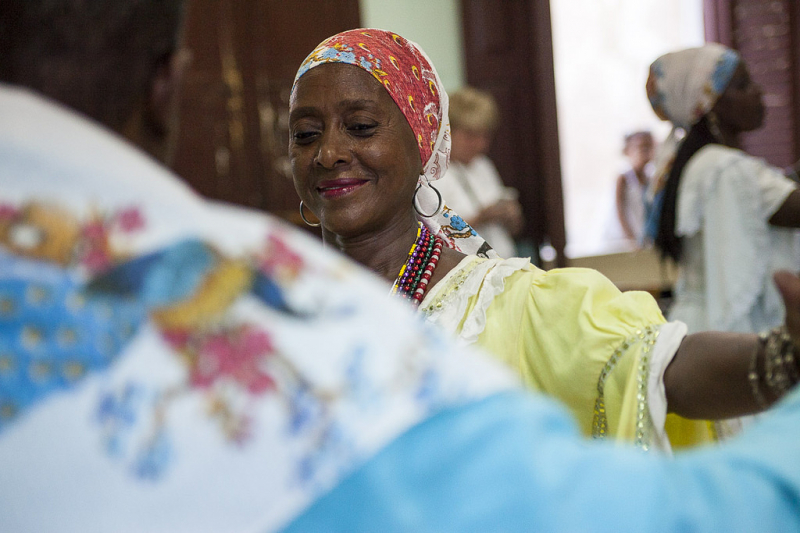
https://discovercorps.com/ 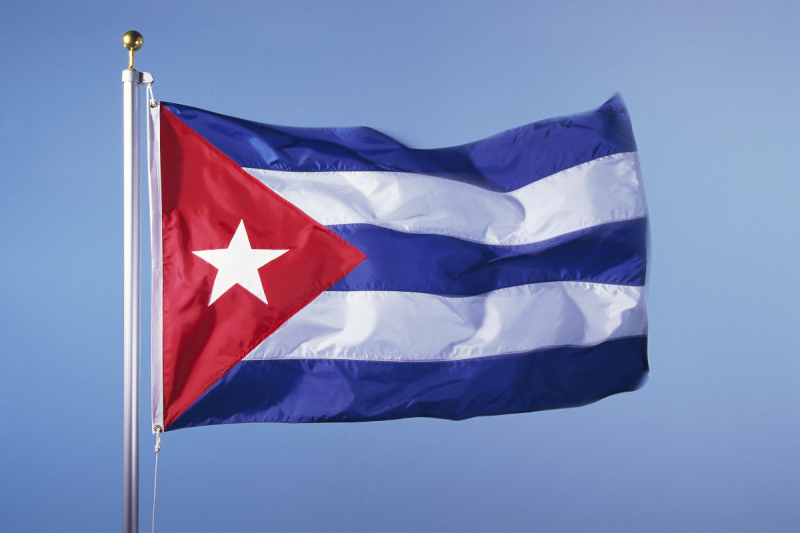
https://www.liberationnews.org/ -
Compared to other ethnicities, Cubans often communicate in louder, more expressive, and possibly confrontational ways. Be at ease! Finding out what to expect in Cuba is simple. Here are a few noteworthy findings:
Direct eye contact is considerably more preferred to fleeting or indirect eye contact when communicating with someone. It's customary to maintain eye contact throughout the bulk of your conversation with someone because it's seen as a sign of deference and attention.
If you hear or see noisy talks, especially ones that use hand gestures, do not panic. The Cubans simply love being very expressive, thus this is entirely normal and rarely indicates danger or hostility. If someone purses their lips, they are typically indicating in the general direction of the subject of their reference. It's also popular to wrinkle or scrunch up one's nose, usually expressing a "Huh?" or "What?" question.
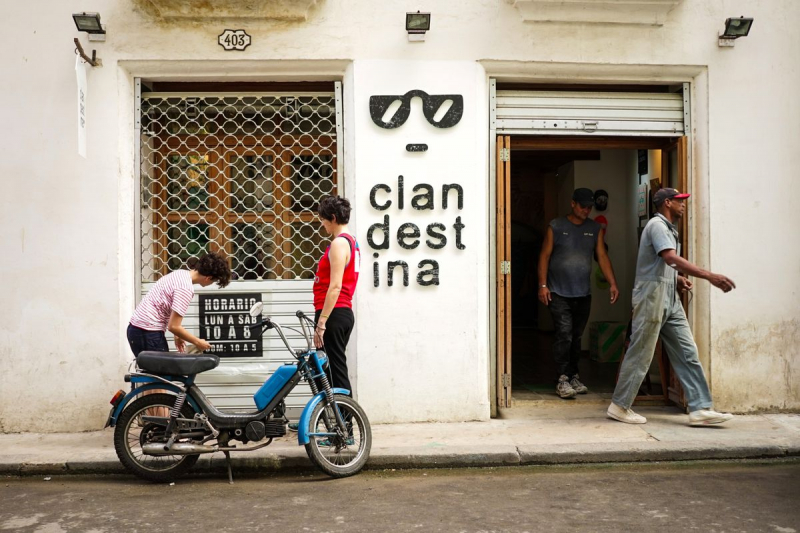
https://www.racked.com/ 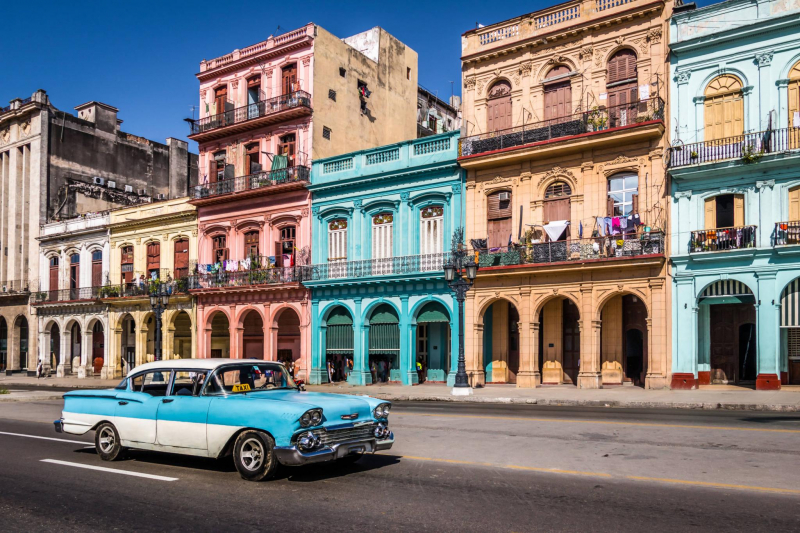
https://berardiimmigrationlaw.com/












